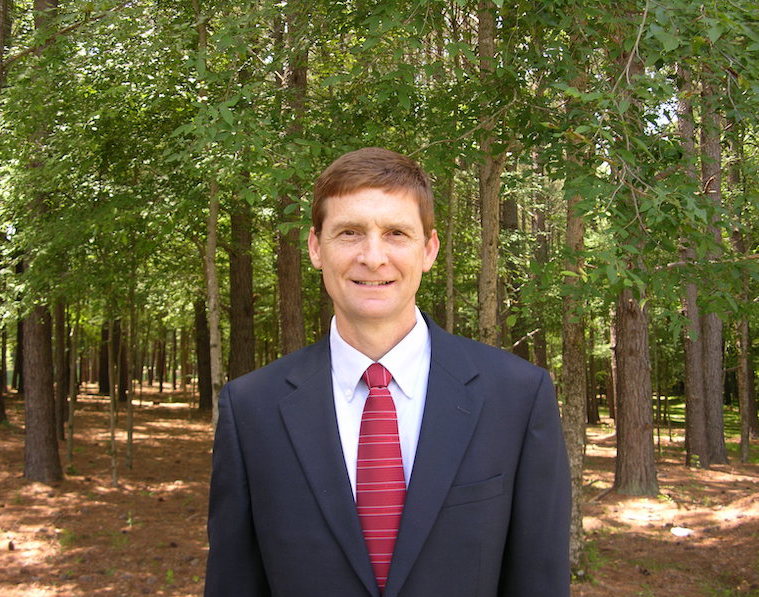Q: We overseeded our bermudagrass fields this year, as we have been doing for years. This fall, I want to try using a green colorant on a field to save a little money and allow us to more easily control our annual bluegrass. Can you provide some insight on using these products?
A: Turfgrass colorants have provided an alternative to overseeding for many years. The increase in colorant popularity can partly be attributed to the difficulty of transitioning drought-tolerant ryegrasses back to bermudagrass. Overseeded grasses that persist through May and June cause delayed greenup of bermudagrass, which can result in a thin turf stands well into summer. The use of turf colorants allows for a more predictable spring green-up, and contributes to a healthier stand of bermudagrass going into the summer.
Application of a colorant requires minimum turfgrass preparation, and can provide an attractive surface. Colorants are usually applied using the same boom sprayer that is used for pesticide application, making them an affordable option to overseeding. How well the colorant looks on the turfgrass can be heavily influenced by the sprayer, nozzles, and water volume, so it is very important that sprayer is in good working condition to give even application at higher application volumes. Turfgrass managers often have to adjust their dilution rates and application methods based on their sprayer equipment to achieve the desired coverage and color saturation.
Turfgrass and environmental conditions at the time of application can also influence the resulting turfgrass color. For example, if the colorant is applied to semi-dormant turfgrass, the color will look better than if applied to fully dormant turfgrass. In addition, the presence of moisture from dew, irrigation or frost will increase the colorant’s coverage and improve color.
It should be noted that most colorants do not dry or adhere very well when applied at low temperatures. This can cause significant uniform staining when athletes slide around on turfgrass treated with colorants. In a research evaluation, we found two times the colorant transfer from turfgrass onto an absorbent material when colorants were applied with air temperatures less than 32 degrees compared to application when it was at least 45 degrees. So, application on a warm day is suggested. Golf course superintendents do not recognize colorant transfer is a significant issue, so they seem more likely than sports field managers to apply colorants onto turfgrass with a frost.
Using a turfgrass colorant rather than overseeding can have some negative agronomic consequences. The most significant consideration with colorant use is the lack of a “wearable” playing surface. A quality overseed can sustain significantly more wear than a fully dormant bermudagrass. A colorant does offer marginal improvement in wear tolerance, via encouraging growth later in the fall and earlier in the spring, but it may fall short of what is needed for high-use fields. With a mild winter and good spring growing conditions, a turf manager who used colorants rather than overseeding can really come out ahead. But too much traffic on a dormant turfgrass without any overseeding protection can result in field failure.
Turf managers can pick from a number of commercially available products that can provide instant green fields. Formulations of products can vary in color, color saturation, and longevity. For that reason, a field manager may want to gather a few samples and apply them in test areas before investing in the amounts needed to paint an entire field. Brown, drought-stressed areas around the sides of fields can be good test sites during the summer.
This is also a great question to bring up at sports field managers meetings to learn about the experiences of others. I think most sports field managers would be surprised to learn how often these products are used.
Grady Miller, Ph.D.
Professor and Extension Turf Specialist
North Carolina State University
Questions?
Send them to Grady Miller at North Carolina State University, Box 7620, Raleigh, NC 27695-7620, or e-mail grady_miller@ncsu.edu
Or send your question to Pamela Sherratt at 202 Kottman Hall, 2001 Coffey Road, Columbus, OH 43210 or sherratt.1@osu.edu


